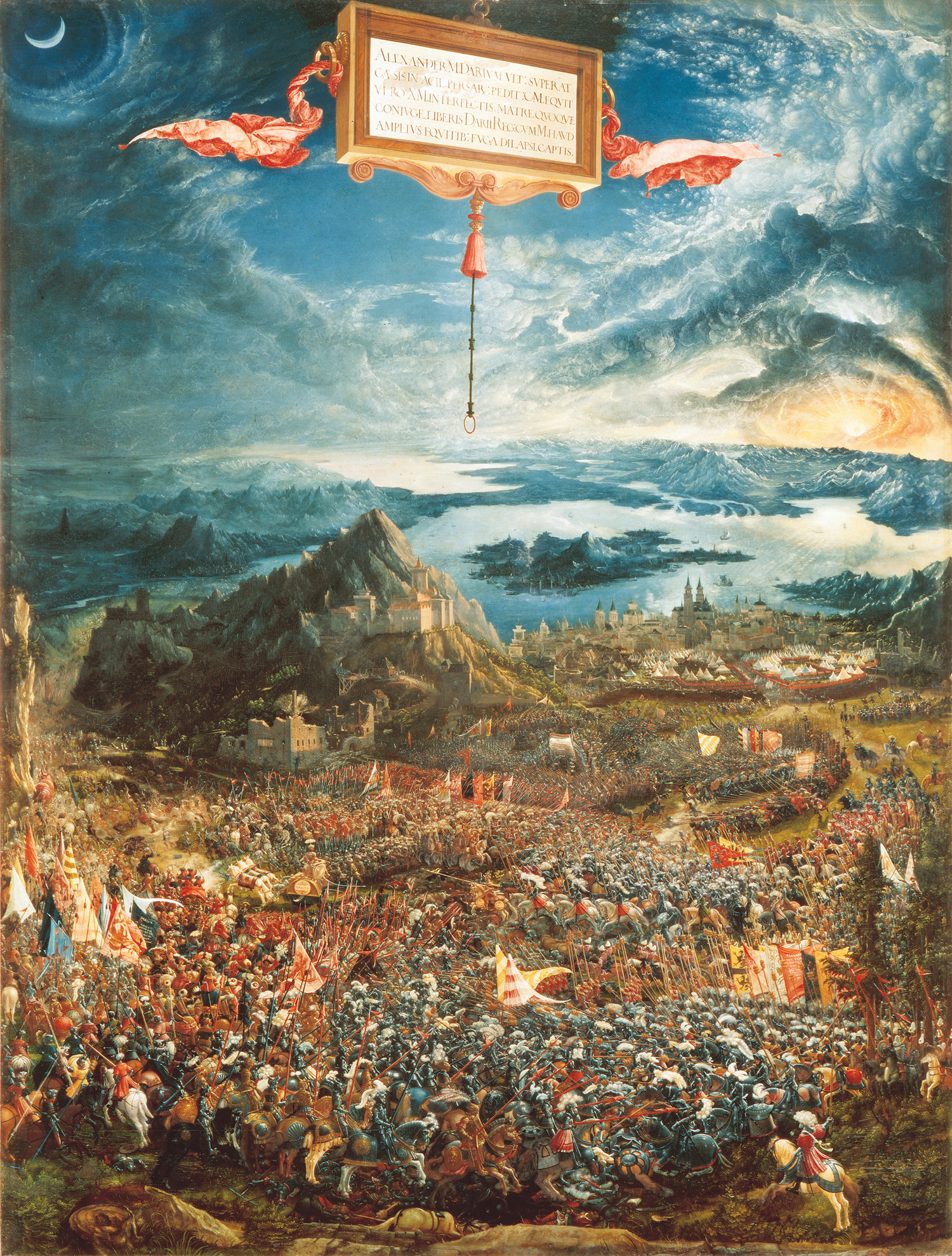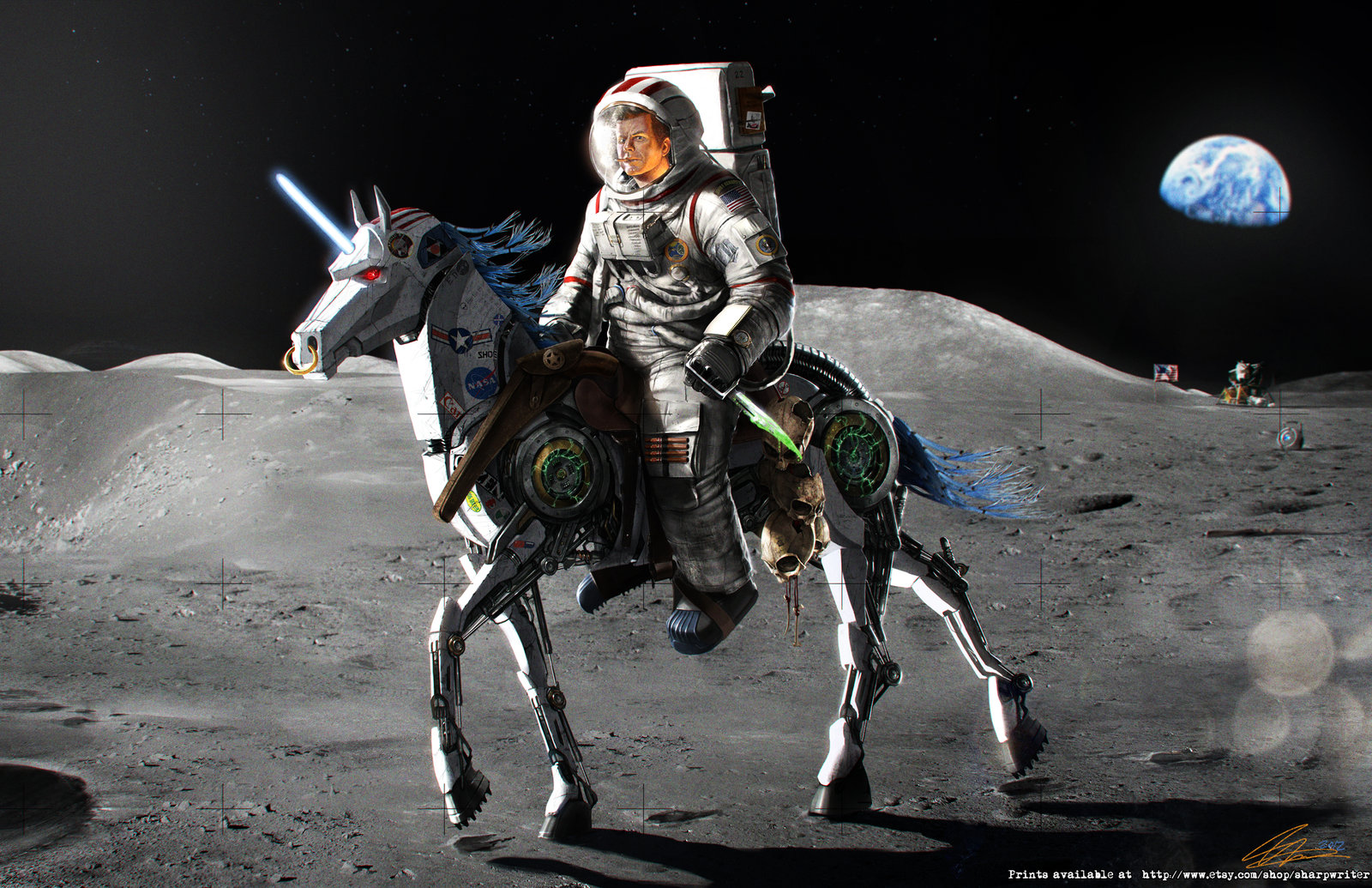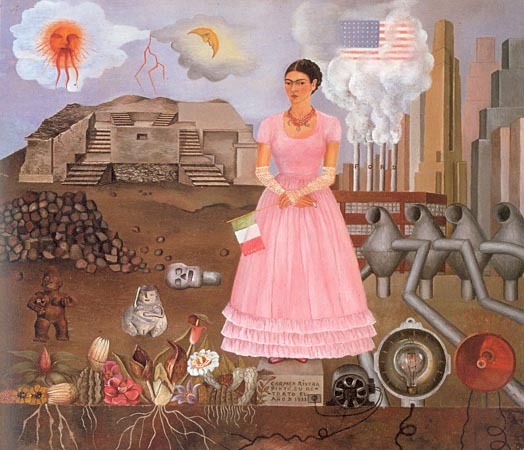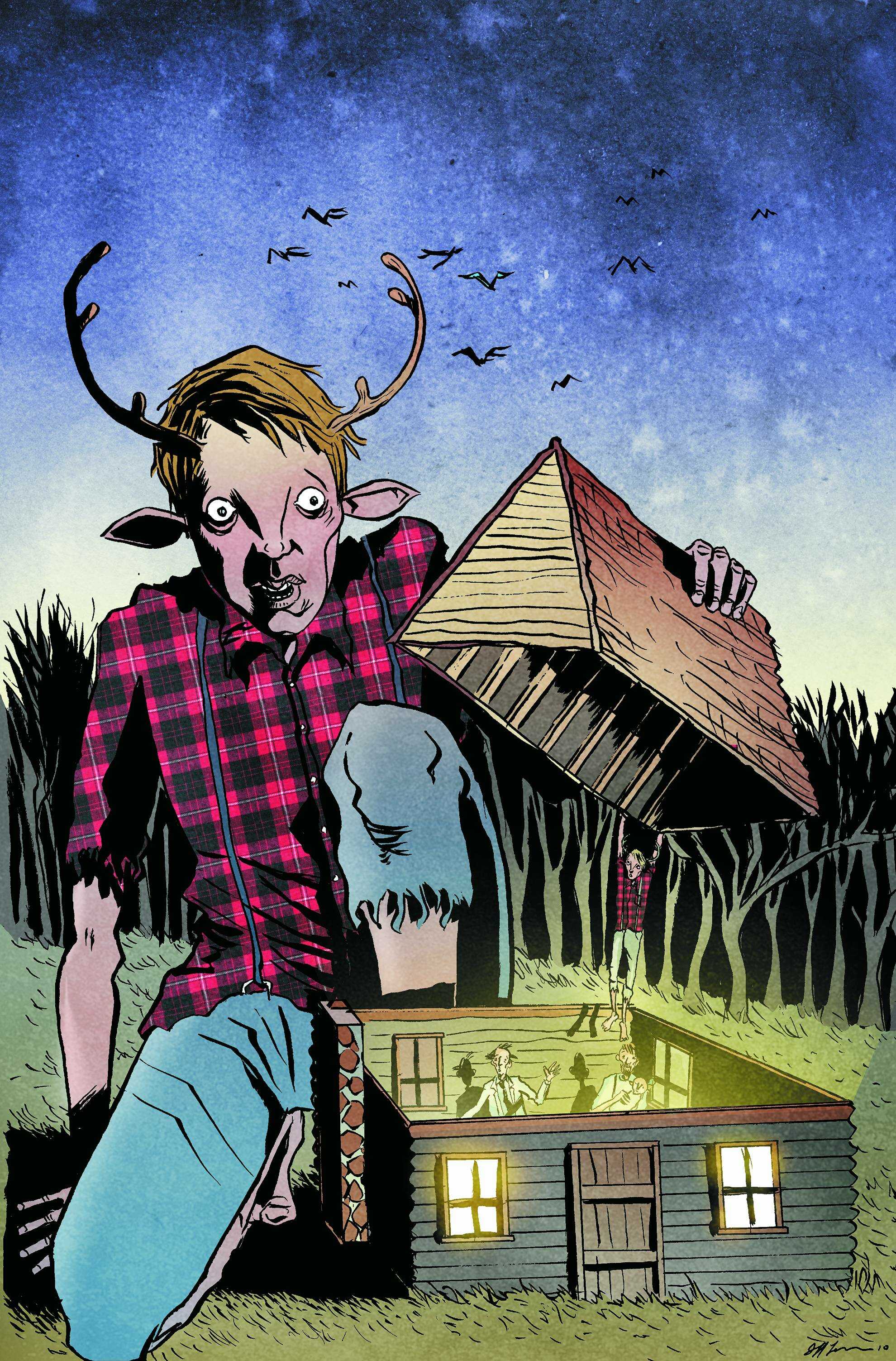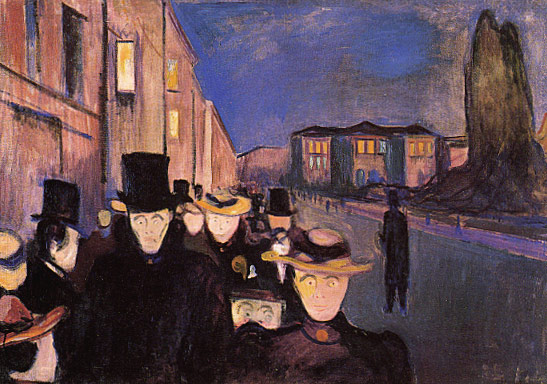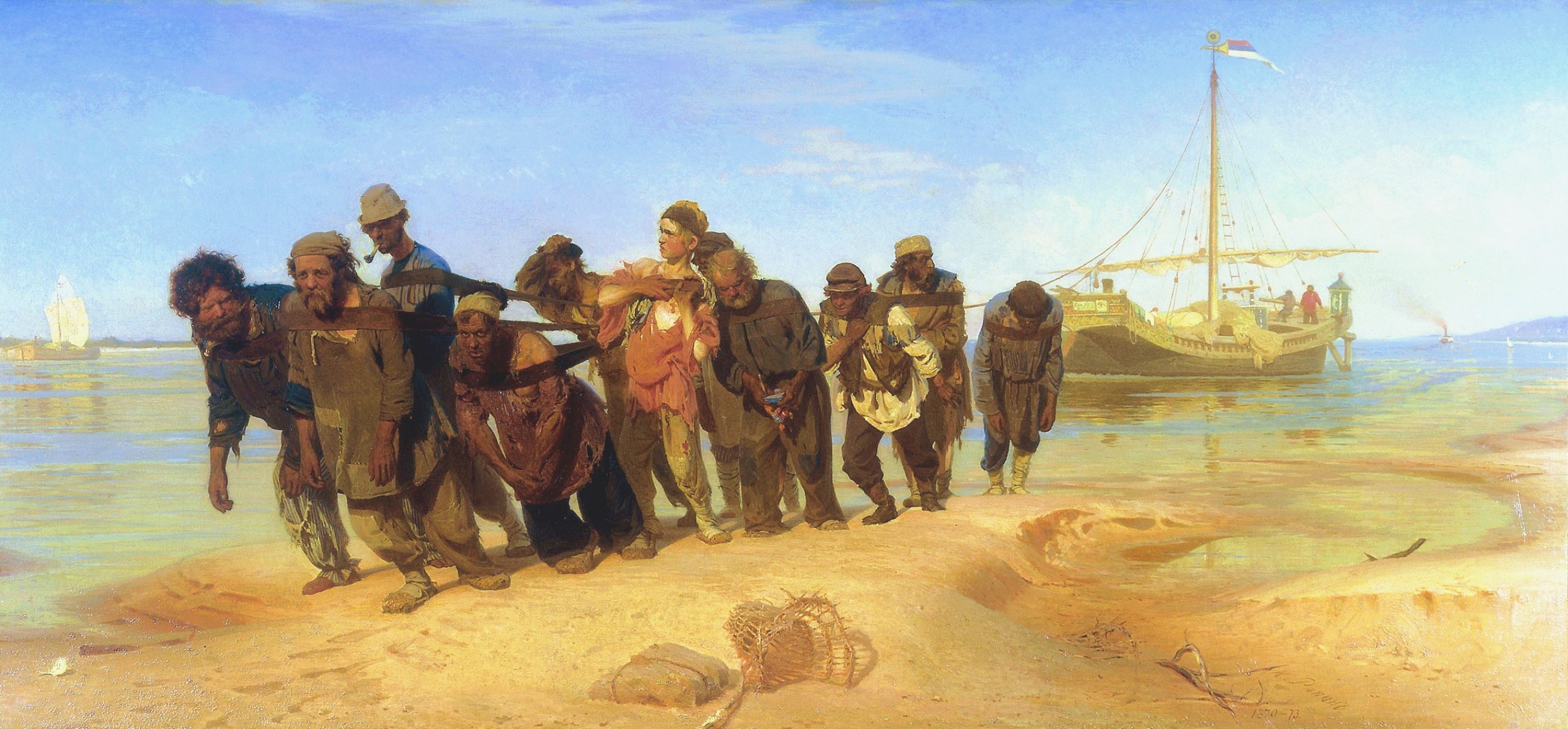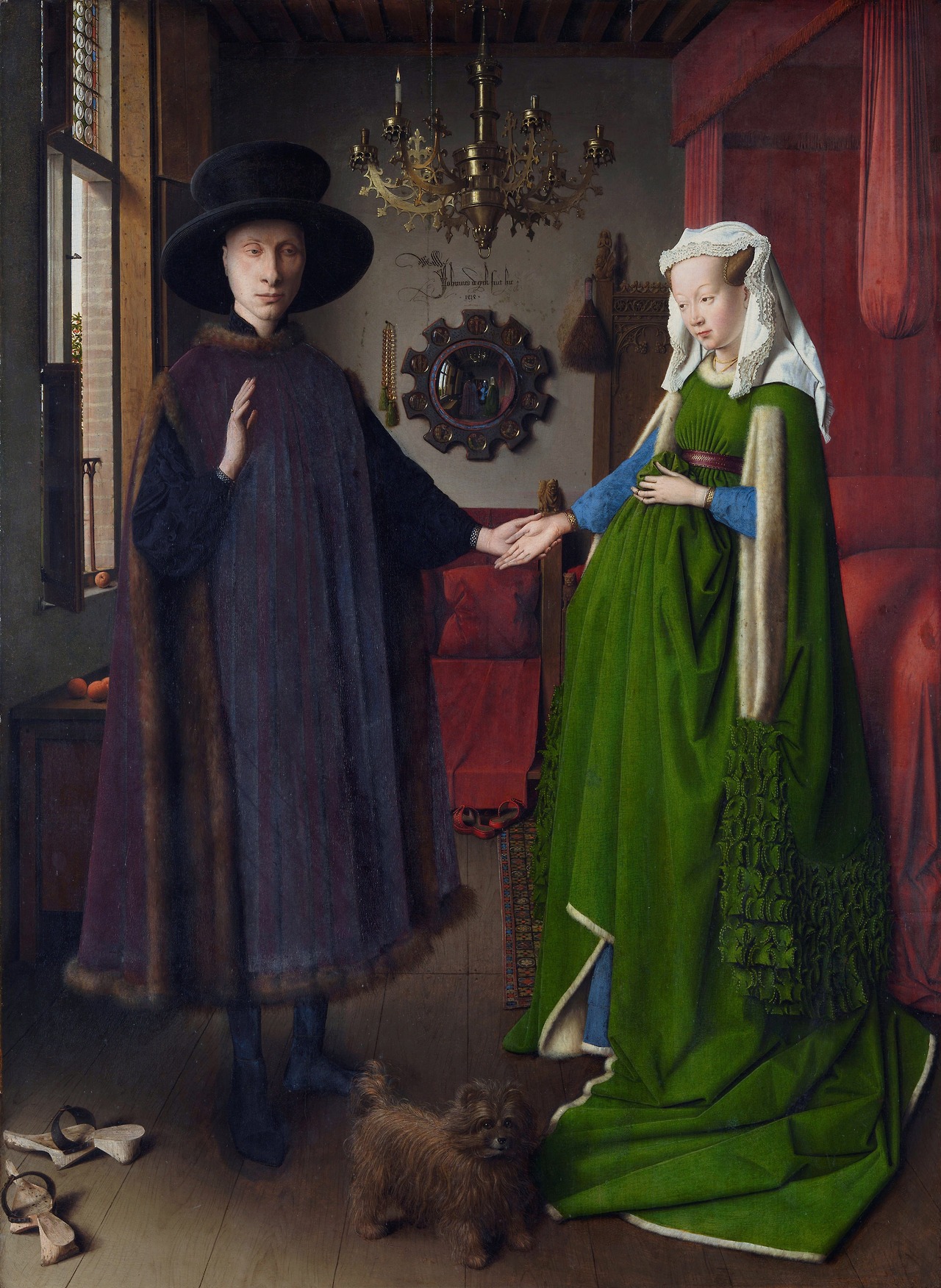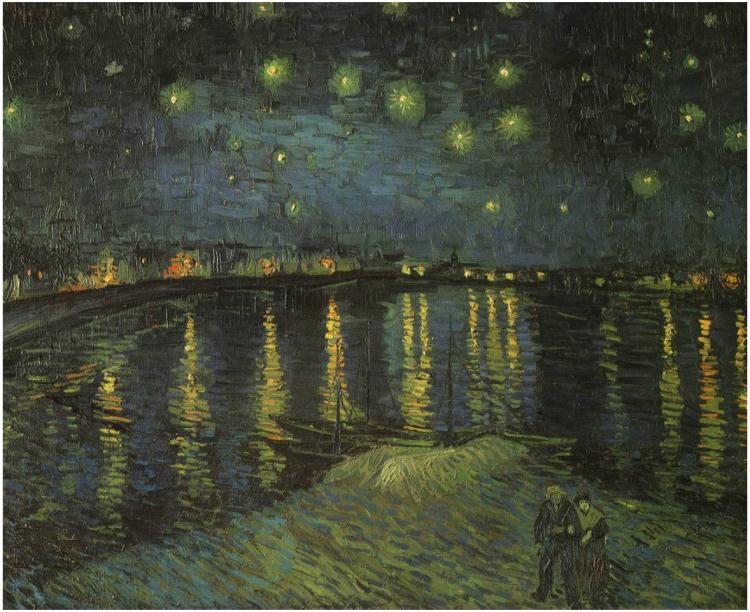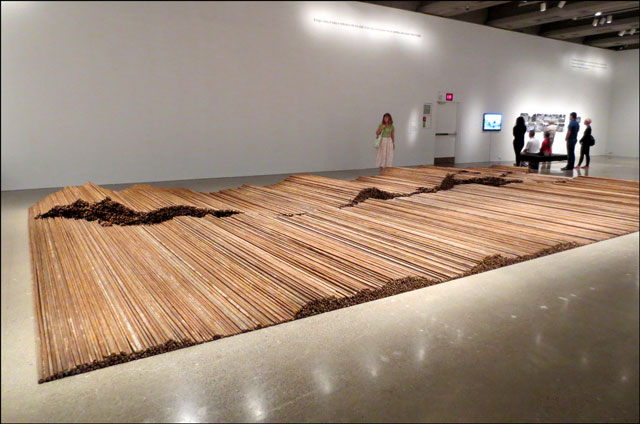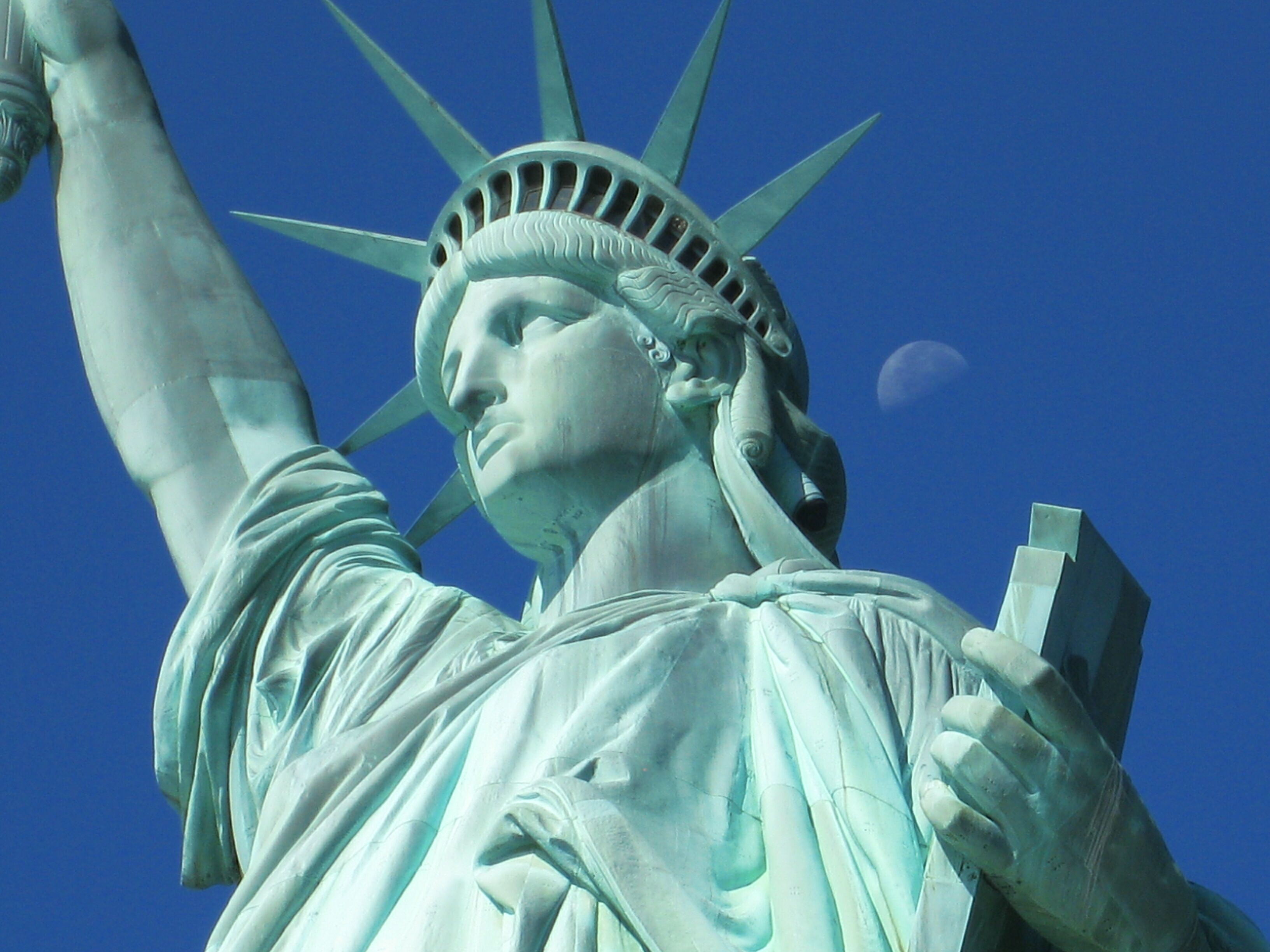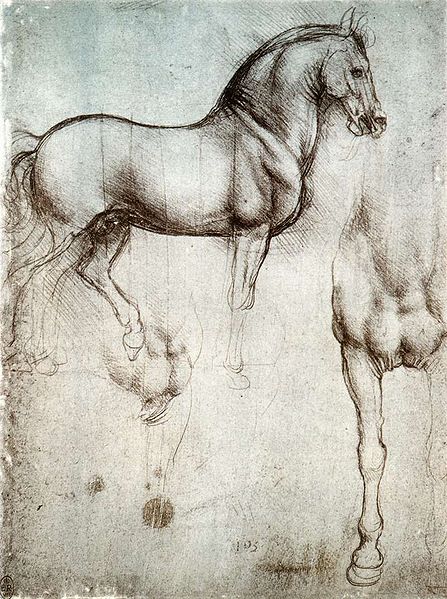|
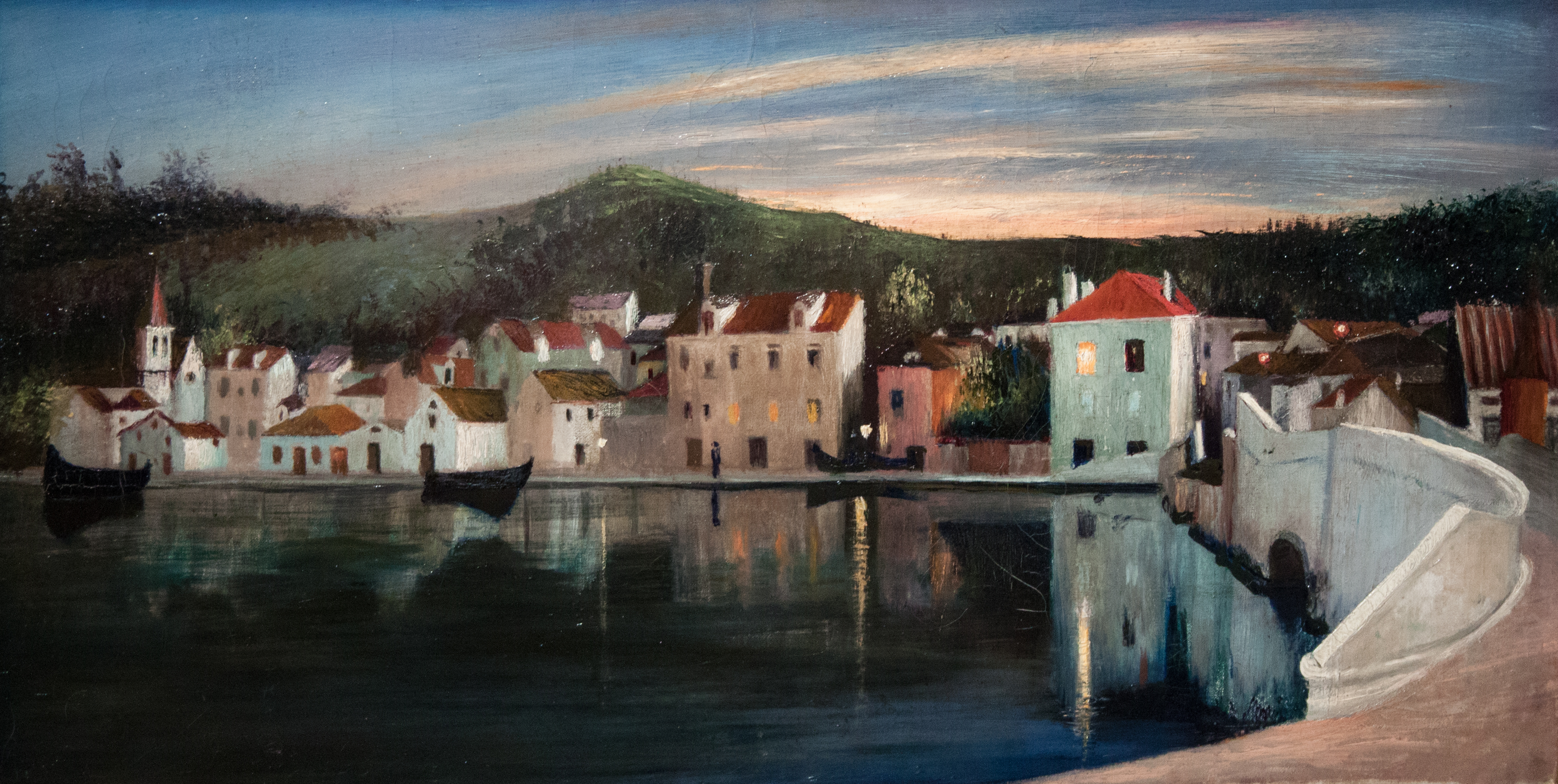
Csontváry Kosztka, Tivadar (1853-1919)
Traui
tájkép naplemente idején, 1899
Oil
on canvas, 34.5 x 66.5 cm
In
private collection
|
Tivadar Kosztka Csontváry was born on 5 July 1853 in Kisszeben, Hungary
(today Slovakia), and died 20 June 1919 in Budapest. His ancestors were
Poles who settled in Hungary. Although Csontváry was obsessed with his
Hungarian roots, he grew up speaking Slovak mixed with German. He was a
pharmacist until his twenties when his painting career started in an unusual
way. On the hot sunny afternoon of 13 October 1880, when he was 27 years
old, he sat down to rest for a minute in front of the pharmacy he was
working at, and he started doodling the wagon with an ox on the other side
of the street in front of him on the back of a prescription paper. When the
pharmacy-keeper saw the drawing, he exclaimed “You were born to be a
painter!” Then, according to his autobiography, a black triangle appeared in
his palm and he could hear a voice above his head saying "You will be the
greatest sunway painter, greater than Raphael!"
So,
the next year, in 1881, he traveled to Rome and visited the galleries of the
Vatican to investigate and study Raphael’s works. This is where he became
fully aware of his calling as a painter, and where his ideas for his big
future travels and for some of his works were conceived.
From
1890, he traveled around the world. He visited Paris, the Mediterraneum (Dalmatia,
Italy, Greece), North Africa and in the Middle East Lebanon, Palestine,
Egypt and Syria and painted pictures. Often his pictures are very large,
5mx5m is not unusual.
He
started to study and take lessons in painting regularly only at the age of
41. He studied in Munich, Karlsruhe, Düsseldorf and Paris, but mainly he was
a self-taught painter.
He
painted his major works between 1903 and 1909. He had some exhibitions in
Paris (1907) and Western Europe. Most of the critics in Western Europe
recognized his abilities, art and talent, but in the Kingdom of Hungary
during his life, he was considered to be an eccentric crank for several
reasons, e. g. for his vegetarianism, anti-alcoholism, anti-smoking,
pacifism, and his cloudy, prophetic writings and pamphlets about his life,
genius and religious philosophy. Some of his biographists considered this as
a latent, but increasingly disruptive schizophrenia. Although he was later
acclaimed, during his lifetime Csontváry found little understanding for his
visionary, expressionistic style.
His
art connects with post-impressionism and expressionism, but he was an
autodidact and cannot be classified into one style. He identified as a "sunway"-painter,
a term which he created.
Some
critics say the term “sunway” means the presence and cooperation of light
and air together. He was interested in the fact that as the sun travels the
sky, the sunlight has different effects at different times of the day and
wanted to observe and record these effects, changes and different stages
accurately. According to his theory, the sun gives energy to the ground and
the ground gives part of this energy back to the sun, and the colors in his
paintings testify this constant energy flux.
This
quote from the website of the Hungarian National Gallery explains the
essence of Csontváry’s sunway paintings perfectly.
“One
of the central problems of Csontváry's oeuvre was the objective possibility
and subjective ability of painting light, first of all sunlight. In his
nocturnal pictures he also examines the nature of light from a very modern
point of view. Csontváry was preoccupied by night not because of the
darkness, nor because of its mysticism or romantically animated symbolism.
His pictures are about electric light, or the conflict of electric and
natural light effects. In all his nocturnal pictures man-made artificial
light and people moving at ease in the dark have distinguished roles. The
fishermen, café guests, workers at the power plant, people idling around the
railway station in other night-scenes fill the realm devoid of sunlight with
life just as naturally as do the idyllically naive figures of the promenade
in Athens. In his day pictures light consecrates the landscape, and divine
energy radiates to the earth from the fantastically colourful skies, but
Csontváry leaves the night to man as a human territory.” (Hungarian National
Gallery)
The
official Hungarian title of the painting is Traui tájkép naplemente
idején, or in English something like “Trau landscape during sunset.”
But there is debate about whether this is the original title. The picture is
part of a series of five paintings completed between 1899 and 1900 in a town
called Trau, today Trogir in Croatia.
The
place where the picture was painted can be determined exactly. The bridge is
the one that connects the old city of Trogir with the Island of Chiovo, and
on this painting we can see the buildings along the shore of the Island. The
buildings are reflected in the water as well as the fishing boats, and the
street lamps. There is also a human figure almost in the middle of the
picture.
I
decided to choose a painting by Csontváry because I wanted to introduce a
Hungarian artist, and I have been to the Csontváry Gallery in Pécs, so I was
familiar with his works to an extent. I have chosen this particular painting
of Csontváry because it is sort of a current topic since it appeared
publicly only recently in November 2012, after 113 years of “hiding” in
private collections. It was sold at an auction in December 2012 for
240.000.000 Ft, which counts as a record price in Hungary. Kónya
Rebeka
Sources:
“Csontváry Kosztka, Tivadar - Pleasure Drive in Athens by the Light of a New
Moon.” Magyar Nemzeti Galéria. Magyar Nemzeti Galéria, n.d. Web. 30 Mar.
2014. <http://www.mng.hu/en/collections/allando/178/oldal:3/131>
http://viragjuditgaleria.hu/hu/item/9792/
http://hvg.hu/kultura/20121129_Szovevenyes_a_tortenete_a_leleplezett_Cso
http://hu.wikipedia.org/wiki/Csontv%C3%A1ry_Kosztka_Tivadar
http://hu.wikipedia.org/wiki/Traui_t%C3%A1jk%C3%A9p_naplemente_idej%C3%A9n_%28festm%C3%A9ny%29
|



























